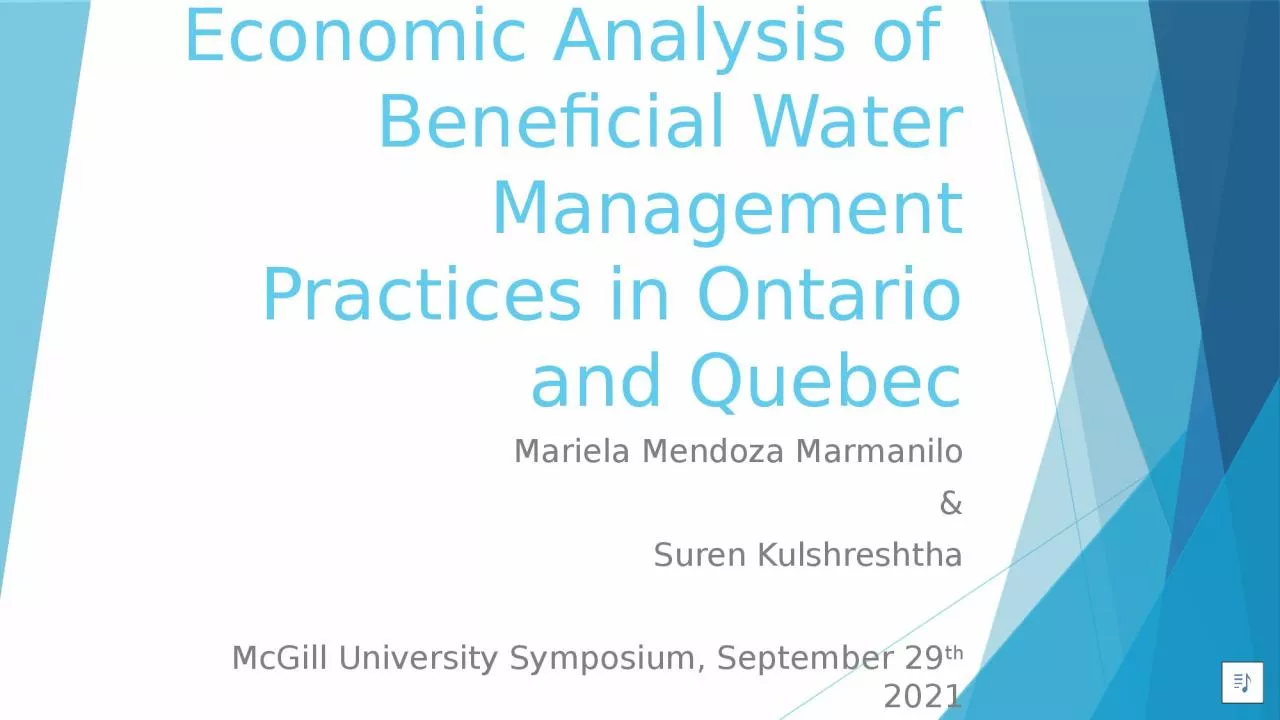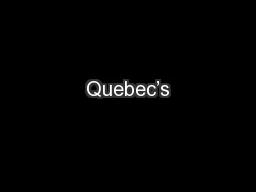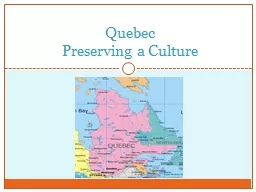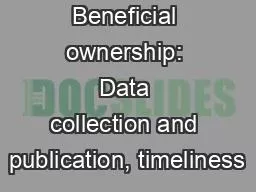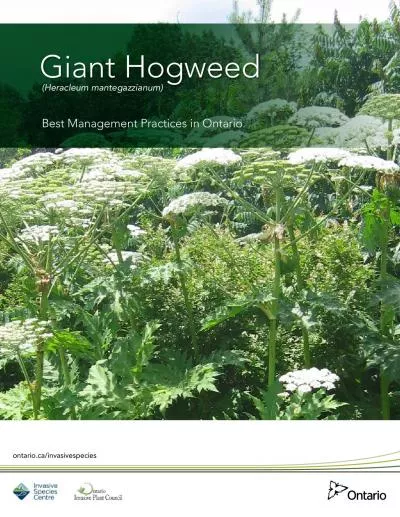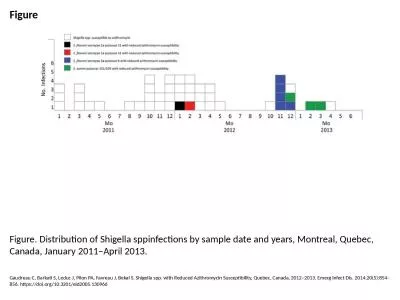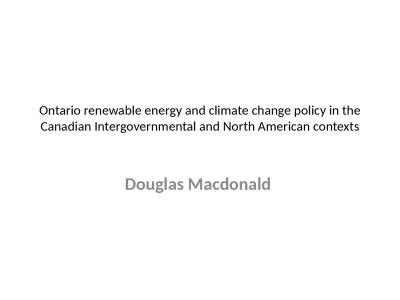PPT-Economic Analysis of Beneficial Water Management Practices in Ontario and Quebec
Author : deborah | Published Date : 2023-07-08
Mariela Mendoza Marmanilo amp Suren Kulshreshtha McGill University Symposium September 29 th 2021 Need for the Study Water availability is predicted to be under
Presentation Embed Code
Download Presentation
Download Presentation The PPT/PDF document "Economic Analysis of Beneficial Water M..." is the property of its rightful owner. Permission is granted to download and print the materials on this website for personal, non-commercial use only, and to display it on your personal computer provided you do not modify the materials and that you retain all copyright notices contained in the materials. By downloading content from our website, you accept the terms of this agreement.
Economic Analysis of Beneficial Water Management Practices in Ontario and Quebec: Transcript
Download Rules Of Document
"Economic Analysis of Beneficial Water Management Practices in Ontario and Quebec"The content belongs to its owner. You may download and print it for personal use, without modification, and keep all copyright notices. By downloading, you agree to these terms.
Related Documents

